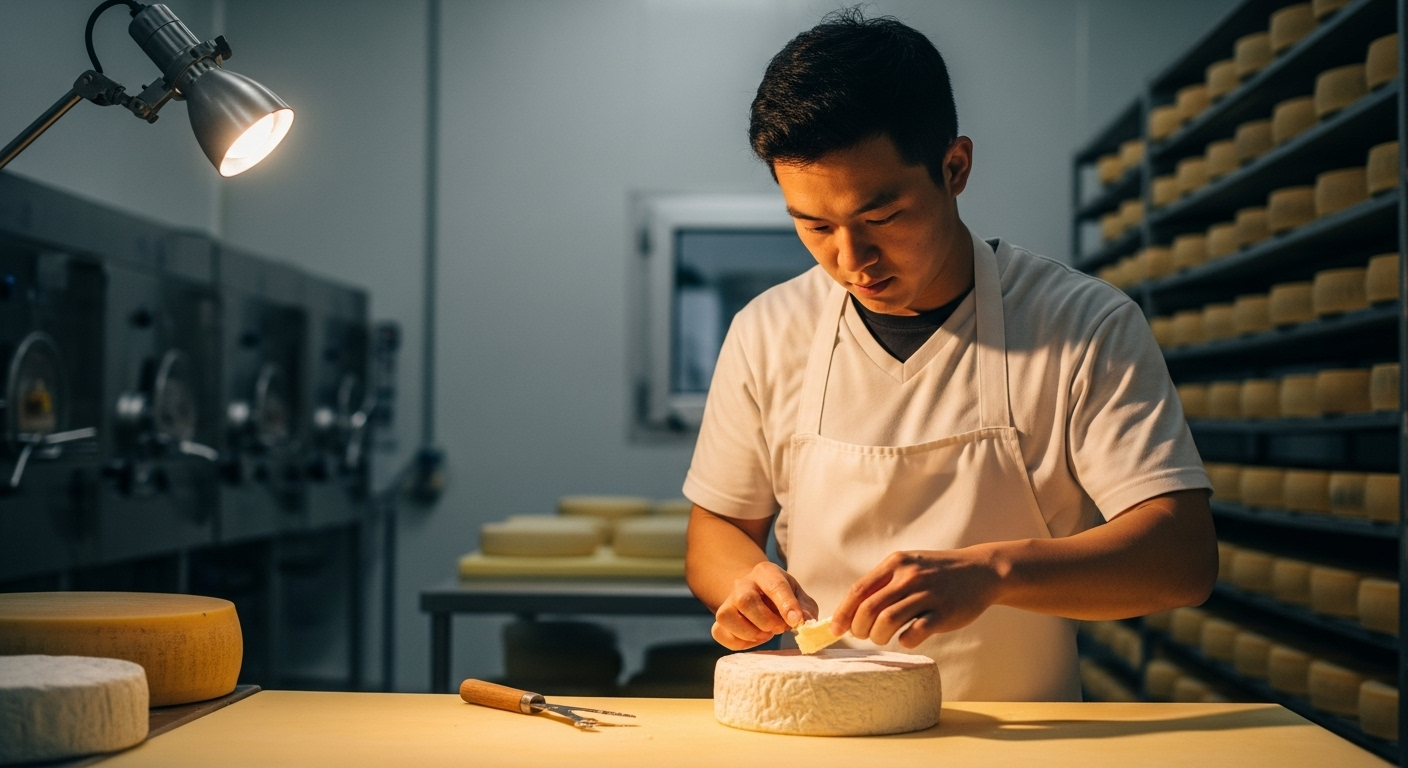Diving into the Diverse World of Artisanal Cheeses
Cheese: it's a staple in many of our diets, and a versatile ingredient that graces the tables of both gourmet restaurants and home kitchens. Yet, how much do we really know about this delicious food? In this article, we will explore the rich world of artisanal cheeses, delving into their history, the art of cheese making, and the latest trends in the cheese world.

Cheese: A brief history
Cheese making is an age-old tradition, dating back thousands of years. The first cheeses were likely a result of milk being stored in containers made from an animal’s stomach, where the natural enzymes caused the milk to separate into curds and whey. Over the centuries, cheese making techniques evolved, leading to a vast array of cheese types and flavors.
The art of cheese making
Cheese making is a delicate process that involves multiple steps. It starts with the coagulation of milk, which can be achieved through the addition of rennet or acid. This forms the curds, which are then cut, cooked, and pressed into shape. The cheese is then aged, a process that can last anywhere from a few weeks to several years, depending on the type of cheese.
The rise of artisanal cheeses
In recent years, there has been a surge in the popularity of artisanal cheeses. These are cheeses that are made using traditional methods and are often handcrafted by small-scale producers. The emphasis is on quality over quantity, and the result is cheeses that are rich in flavor and unique in character.
Exploring different types of cheese
From the creamy brie of France to the pungent stilton of England, there is a world of cheese to explore. Each country has its own cheese-making traditions, resulting in a diverse range of flavors, textures, and styles. Some cheeses, like Parmigiano-Reggiano from Italy, are protected by geographical indications, meaning they can only be made in a certain region using specific methods.
The latest cheese trends
As with any food, cheese is subject to trends. One of the latest trends is the rise of vegan cheeses, made using plant-based ingredients like nuts and tofu. Another trend is the use of unique ingredients in cheese making, like beer, wine, or even chocolate, to create new and exciting flavor profiles.
-
The aging process is critical to the development of a cheese’s flavor.
-
Some cheeses are “washed rind” cheeses, where the cheese is washed in a solution (often including alcohol) during the aging process to promote the growth of bacteria that gives the cheese its characteristic flavor and smell.
-
There are over 2,000 varieties of cheese in the world.
In conclusion, cheese is a fascinating and diverse food that offers endless possibilities for exploration. Whether you’re a cheese connoisseur or a casual cheese lover, there is always something new to discover in the world of artisanal cheeses. So why not embark on your own cheese journey and see where it takes you?




